What is Forced Appreciation in Commercial Real Estate Investing?
Forced Apprecation in Commerical Real Estate | Photo by Volodymyr Hryshchenko
Commercial Real Estate (CRE) properties generally outperform residential properties as investments because there are more levers to pull, forced appreciation being the key. So, what is forced appreciation, exactly? Read on to learn all about forced appreciation in commercial real estate investing and how pilots looking to invest can take advantage of it.
Forced appreciation is the term describing the ability to actively affect the value of a commercial real estate asset, rather than waiting for it to go up in value.
In the residential world, a property’s value is based on a comparative market analysis, or “comp.” Your house is worth what someone is willing to pay for it, or more accurately, what someone was recently willing to pay for your neighbor’s.
An appraiser uses the square footage, the number of bedrooms and bathrooms, and other objective data to determine the value. While there may be some subjectivity based on interior and exterior upgrades, it’s fairly range-bound based on what the surrounding properties have recently sold for.
No matter the magnitude of your rental income on a residential property, it will not move the needle in terms of appraised value.
Commercial real estate works completely differently. Instead of being valued via comparative sales, it trades on a multiple of income. That multiple is called the capitalization rate, informally referred to as the cap rate.
Connecting Forced Appreciation & Cap Rate
Here’s a formula to keep in mind - Net Operating Income X Cap Rate = Value
Cap rate and value are inversely correlated. The lower the cap rate, the higher the value (for a fixed stream of income).
The two variables are Net Operating Income (NOI), and Cap Rate. While you can’t control cap rate, as it’s determined by the market, you can control NOI.
Increase your NOI, increase your value.
For a more detailed explanation, refer to our article on cap rates.
How to Force Appreciation in Multi-Family Investment
Let’s look at an example of a 20-unit apartment complex. (Anything 5 units and up on a tax parcel is commercial real estate; duplexes, triplexes and quads are as big as you can go in the residential world.)
Because your new apartment complex is considered commercial real estate, it will trade on a multiple of net operating income, or NOI, rather than comp. When you increase the property’s NOI, you also increase its value.
Here’s a math problem to show the power forced appreciation. Let’s say this 20-unit apartment generates $800/unit/month in rent.
$800 x 12 months = $9,600/year of income per unit.
$9,600/year per unit x 20 units = $192,000 per year of gross income.
If we assume a standard 50% expense ratio, you’ll spend roughly half of that on expenses related to the property throughout the year. Things like repairs, utilities, property taxes, etc. This leaves you with a Net Operating Income (NOI) of $96,000. And THAT is the basis for its valuation.
At a 5% cap rate, your property would be worth $1.92M. ($96,000 ÷ .05 = $1,920,000) Click here for a more detailed explanation of cap rate.
The cap rate is determined by the market. Like comp, it represents what buyers are willing to pay for that income stream in today’s market and for that type and quality of asset.
But cap rate is only half of the value equation. The other is net operating income. So instead of waiting for the neighborhood to go up in value, here’s how you can force appreciation on this property immediately.
Let’s assume that in-place rents are below market, so you could raise them by $25 per unit per month without improving anything.
$25 x 12 months = $300 annual increase in NOI. In terms of the cap rate, you divide $300 by a 5% cap rate = a $6,000 of additional value... Per unit!
You’ve just added $120,000 to the material value of the property simply by raising rent by $25 per unit.
Imagine if you fully renovated each unit and raised the rent by $250 per month? Charged for covered parking? Offered valet trash service? Charged back for non-sub-metered utilities? Charged pet fees? Replaced the common area lighting to high efficiency bulbs to reduce your expense on the common area electric bill? The list goes on...
All of the above lead to a dramatic increase in Net Operating Income, thus, increasing the value of your property.
These are the exact same principles Turbine Capital employs in large scale commercial real estate projects to create massive value without depending on the broader market.
While the above numbers are exciting, and fully achievable by anyone who’s willing to put in the time and effort, a project like the one referenced above requires time, knowledge and work. As well as the guts to put down hundreds of thousands of dollars of their own capital to make it happen.
This is where the value of Turbine Capital’s real estate syndication model shines.
Beyond the conversation of knowledge, time and effort, investors are more able to diversify across multiple projects, rather than putting all their eggs in one basket.
When you invest with Turbine Capital, you’re not just investing in property, but in a full- time team who knows exactly how to execute a business plan like the one referenced above; and who does so without your involvement.
If you’d like to learn more about real estate syndications including upcoming deals and webinars, consider joining Turbine Capital’s Investor Club. This is the number 1 resource for pilots interested in commercial real estate content and upcoming investment opportunities.

